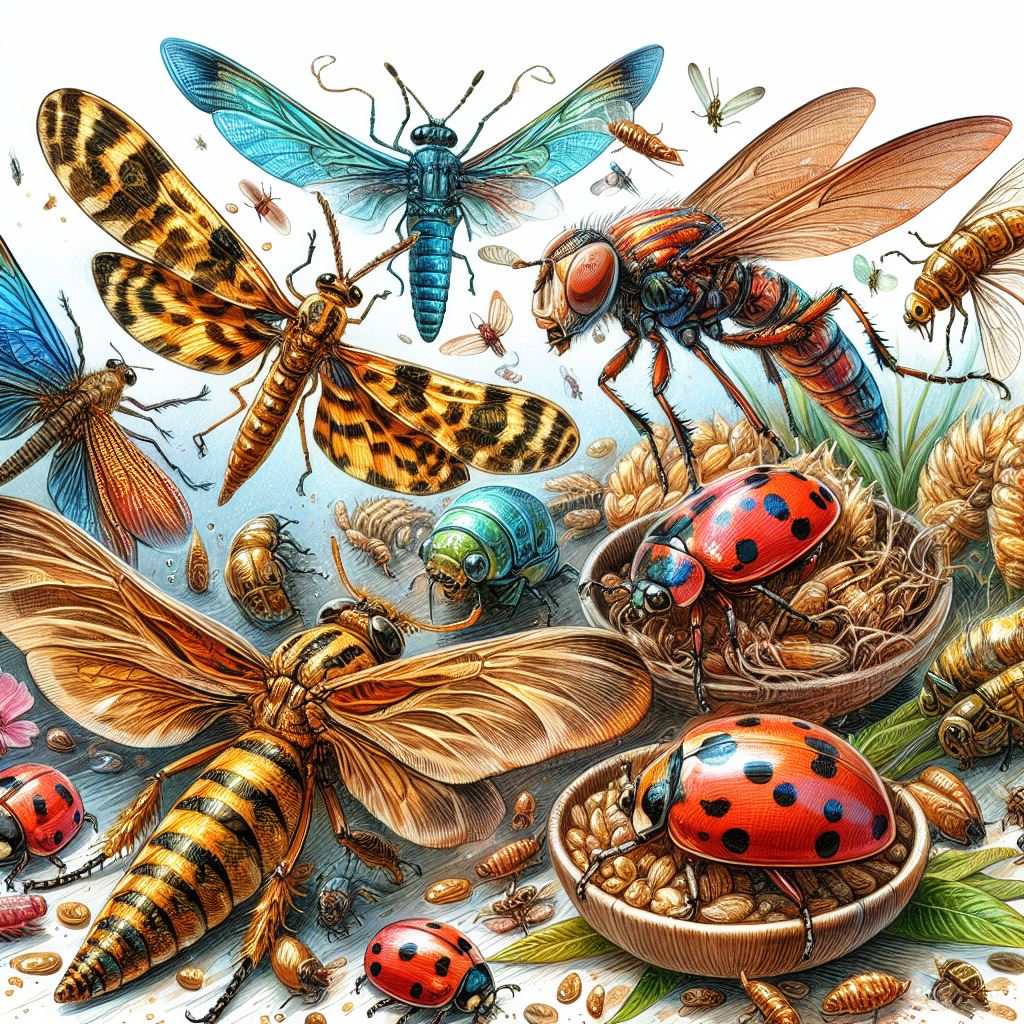
As digital nomads, remote workers, and long-term travellers embark on journeys to exotic destinations in the Far East, Pacific area, Southeast Asia, India, and South America, it’s essential to be mindful of the diverse array of dangerous insects that may pose health risks.
From venomous creatures to disease-carrying mosquitoes, understanding these potential hazards and taking proactive measures can ensure a safe and enjoyable travel experience.
Far East: Mosquitoes and Ticks
In the Far East, travellers may encounter mosquitoes carrying diseases like:
- Dengue Fever – symptoms begin 2-4 days after infection: recovery 2-7 days: possible symptoms: high fever, severe headache, pain behind the eyes, muscle & joint pains, nausea, vomiting, swollen glands, rash.
- Malaria – symptoms begin within 1–15 days of getting stung: possible symptoms: extreme tiredness & fatigue, impaired consciousness, multiple convulsions, difficulty breathing, dark/bloody urine, jaundice (yellow eyes & skin), abnormal bleeding.
- Zika virus – mild symptoms last less than a week: possible symptoms: pain behind the eyes, in joints and muscles, fatigue, fever, chills, loss of appetite, sweating, eye redness, headache, skin rash, vomiting.
Additionally, ticks can transmit illnesses such as: Lyme disease and Japanese encephalitis.
Protect yourself by:
- using insect repellents containing DEET
- wearing long-sleeved clothing
- sleeping under mosquito nets
Vaccination against mosquito-borne diseases is also recommended.
Pacific Area: Venomous Creatures
The Pacific area is home to venomous creatures like:
- box jellyfish
- cone snails
- various spiders
While enjoying coastal activities, be cautious of jellyfish stings and seek immediate medical attention if stung.
Treatment includes:
- rinsing the affected area with vinegar
- apply a hot compress
- familiarize yourself with local emergency numbers and medical facilities, especially in remote regions.
Southeast Asia and India: Mosquitoes, Sandflies, and Snakes
In Southeast Asia and India, travellers face risks from:
- mosquitoes (malaria, dengue)
- sandflies (leishmaniasis)
- venomous snakes
Treatment includes:
- insect repellents with DEET
- wear protective clothing
- avoid stagnant water to prevent mosquito bites
Be cautious in rural areas where sandflies thrive, and consider vaccinations for high-risk diseases.
In case of snake bites, seek immediate medical assistance and follow local protocols for antivenom treatment.
South America: Mosquitoes, Biting Ants, and Snakes
South America presents threats from:
- mosquitoes (yellow fever, Zika virus)
- biting ants
- venomous snakes like pit vipers
Stay updated on vaccination requirements because they are constantly changing!!
**Use insect repellents, and take precautions against insect bites. Clean the area with antiseptic wipes and apply a cold compress if bitten or stung. Seek medical attention promptly, especially for snake bites, as timely antivenom administration is crucial.
Prevention and Treatment: A Digital Nomad’s Safety Toolkit
While encountering dangerous insects is a possibility, rest assured that treatments and preventive measures are available.
Carry a well-equipped first aid kit with essentials like:
- antihistamines
- antiseptic wipes
- bandages
Stay informed about local health risks.
If bitten or stung, seek medical advice or visit a doctor or hospital, particularly in remote areas where immediate medical assistance may be limited.
Final Thoughts
In conclusion, digital nomads and travellers can confidently navigate tropical destinations and enjoy enriching experiences while prioritizing their health and well-being by staying vigilant, adopting preventive measures, and seeking timely medical attention.
Safe travels and mindful adventures await in the vibrant landscapes of tropical regions with Digital Apps
- Mosquito Alert: This app allows users to report and track mosquito sightings, helping researchers monitor mosquito populations and potential disease outbreaks. It’s beneficial in areas with mosquito-borne diseases like dengue, Zika virus, and malaria.
- iNaturalist: While not specifically focused on insects, iNaturalist is a popular platform for citizen scientists to document and share observations of various species, including insects. It can provide insights into changes in insect populations and distribution patterns.
- AirVisual: This app provides real-time air quality information, including pollution levels (PM2.5, PM10), indices, and pollution forecasts. It’s valuable for travellers concerned about air pollution and its impact on respiratory health.
- Waterkeeper Swim Guide: This app provides data on beach and waterway contamination levels, including information on bacteria levels, pollution sources, and water safety advisories for travellers interested in water quality.
- CDC TravWell: Developed by the Centers for Disease Control and Prevention (CDC), this app offers health and safety information for travellers, including vaccination recommendations, travel alerts, and tips for staying healthy abroad.
- Safeture: This app provides travel risk intelligence, including health alerts, safety advisories, and real-time updates on local conditions that may affect travellers’ well-being.
These apps can help travellers stay informed about environmental changes, health risks, and safety precautions, allowing them to make informed decisions during their journeys.
It’s important to note that while these apps provide valuable information, they should complement, not replace, professional medical advice and travel guidance.

Touch the links to get more insights into mindfulness and self-care:
Nourishing Your True Nature on the Move: Beginner Spiritual Strategies for Travelling

Hi Linden,
I read your recent blog post detailing the precautions travellers should take when visiting exotic destinations, and I wanted to commend you on providing such valuable advice. As a fellow travel enthusiast, I recognize the importance of researching potential health hazards before embarking on international trips.
The insightful information you shared about the risks posed by dangerous insects in regions like Southeast Asia, South America, and beyond is incredibly useful for any adventurous nomad. Recent statistics indicate that insect-borne illnesses are on the rise globally, so your guidance could not be more timely. Mosquito-transmitted diseases alone accounted for over 700,000 deaths in 2020.
I especially appreciated your concrete recommendations on preventative measures, like using DEET insect repellents, wearing protective clothing, and sleeping under nets. Too often such practical steps get overlooked. You also wisely advised travellers to keep up with vaccination requirements, as these frequently change.
In my opinion, your post strikes the perfect balance of highlighting pertinent dangers without deterring people from visiting these remarkable destinations. By equipping travellers with knowledge and preventative tools, you empower them to take control of their health and safety abroad. That allows for rich cultural exchanges and thrilling adventures with greatly mitigated risks.
I have no doubt your article will inspire many to travel safely to parts of the world they might have previously avoided. Please keep up the fantastic work shining a light on smart travel practices – I always look forward to your next insightful post!
All the best,
Eric
Thank you, Eric, for your glowing comment. I’m so glad it was effective and not too concise. I’m always trying to make things easier to read for screen babies, etc.
Your confidence in this post is impressive. I also hope visitors will stay safe on their travels.
I look forward to your next visit to Flourish Write Consult! 🌺
Linden, this article is a treasure trove of essential information for anyone venturing into tropical regions, whether they’re seasoned digital nomads or adventurous travelers. Your detailed guide on the various dangerous insects and health precautions is incredibly valuable. Staying informed and prepared can dramatically enhance both safety and enjoyment while exploring these vibrant destinations.
I particularly appreciate the inclusion of the preventative measures and the detailed breakdown of symptoms for various diseases. This not only educates but also empowers travelers to take charge of their health in proactive ways.
Also, the picture on the front of the article really captures the essence of adventure in tropical settings—it’s absolutely captivating and sets the perfect tone for the insightful content that follows.
Thank you for compiling such a comprehensive resource. It’s definitely a must-read for anyone looking to navigate these beautiful yet challenging environments safely. Keep up the great work!
Hi Severen,
Thank you so much for your detailed appreciation of this introductory post. I intend to provide more detail in future posts on travel-related health hazards. I’m so glad to hear you use the word ‘captivated,’ too.
This is a great testimony! I will quote you if I may!
Blessings and Success. 🌺
Linden